Our modern world is made up of complex systems overseen by humans. And we all have to believe that somewhere, someone is making rational and sound decisions on things that affect our safety. So when we board an aircraft, we must assume that people have done their best to assure that the aircraft will arrive at its destination. We assume that the people who make the decisions about or lives know what they are doing, and know a lot more about their business than we will ever know. Regarding the downing of Malaysian Airlines Flight 17 this past week, perhaps the people who were making the decisions didn’t know what they were doing. Internet reports say that commercial flights fly over war zones all the time. And we must assume this is true, for our planet is not without its patchwork of conflict zones. Reports about WHY the Malaysian plane was flying over a hot war zone where two aircraft had been shot down contain some shifting of blame. Malaysia says it had been assured by IATA and the UN organization that the route was safe, but both organizations say they do not guarantee safety. It is also worth noting that Air France, British Air and Cathay Pacific have been flying a more southerly route that avoids eastern Ukraine. And media reports indicate that Malaysian crew had reservations about overflying a war zone. Mr. Tony Tyler, Director General of IATA says:
At this time, it is important we are very clear: safety is the top priority. No airline will risk the safety of their passengers, crew and aircraft for the sake of fuel savings. Airlines depend on governments and air traffic control authorities to advise which air space is available for flight, and they plan within those limits.
So the airlines would not try to save money on fuel by flying over a war zone. Right. And it is the government’s responsibility to advise airlines about their airspace. In short: we are not responsible, the airlines would not do such a thing. And yet a commercial plane flew over a known war zone and was shot down. A war zone where two aircraft had been downed by missiles. A war zone that was avoided by British Air, Air France and Cathay Pacific.
Let us say nobody is to blame–but somebody is surely responsible. Please log in and post your thoughts
Mr. Tyler’s statement: http://www.iata.org/pressroom/pr/Pages/statement-MH17-2014-07-18.aspx
 日本語
日本語 English
English 中国語
中国語 LCC Scoot Air Boeing 777-212 ER (Wikimedia)
LCC Scoot Air Boeing 777-212 ER (Wikimedia)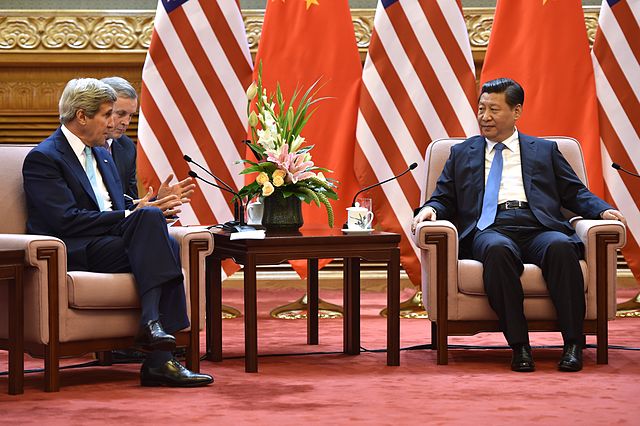
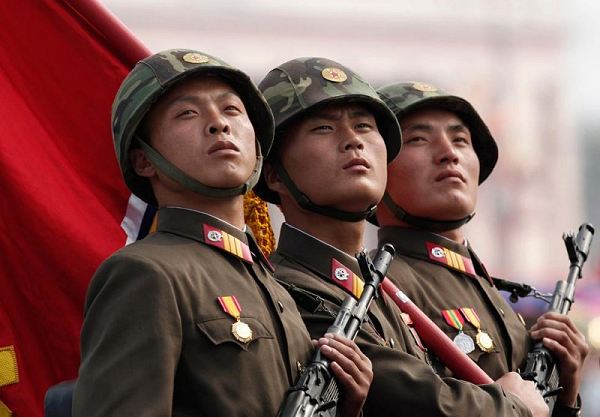 (Photo: Army Recognition.com)
(Photo: Army Recognition.com)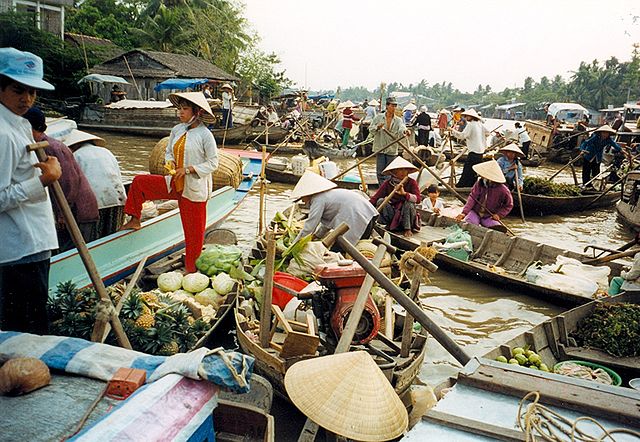 Mekong Floating Market Viet Nam (Wikimedia)
Mekong Floating Market Viet Nam (Wikimedia)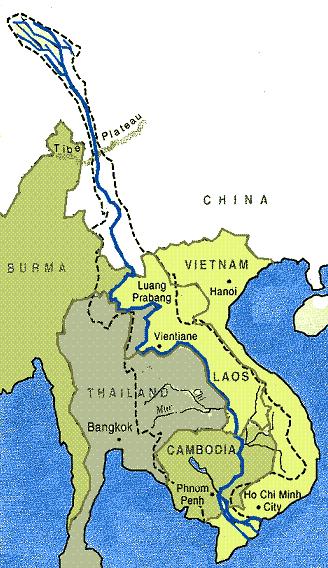
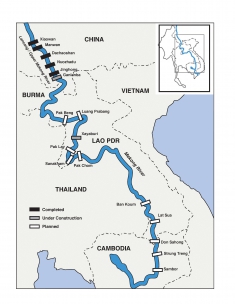 Dams (Proposed and Existing) on the Lower Mekong
Dams (Proposed and Existing) on the Lower Mekong 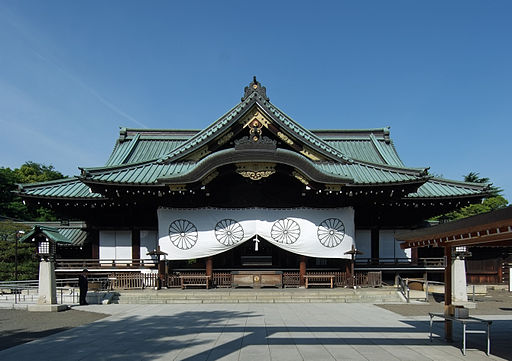 Yasukuni Shrine, Kudan Tokyo (Wikimedia)
Yasukuni Shrine, Kudan Tokyo (Wikimedia) (Photo: China Daily Mail)
(Photo: China Daily Mail)